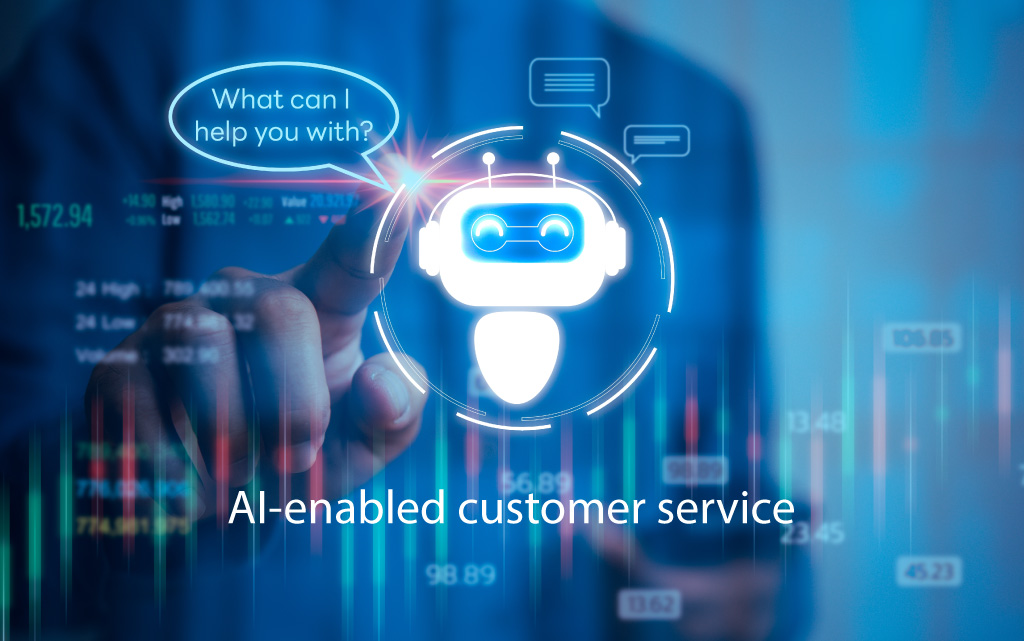Omnichannel marketing is more than just a buzzword; it’s a customer-centric approach that integrates all your marketing channels into a seamless experience. Whether it’s in-store, online, or through a mobile app, your customers get a consistent and personalised journey. But why should your small business care? Let’s dive in.
What is Omnichannel Marketing?
Omnichannel marketing is about creating a unified customer experience across multiple touchpoints. Unlike multichannel marketing, where each channel operates in isolation, omnichannel focuses on integrating these platforms. The goal is to create a seamless customer journey, whether they’re shopping online from a desktop or mobile device, by telephone, or in a brick-and-mortar store.
Why Your Small Business Needs It
Customer Expectations
Today’s consumers are tech-savvy and expect a seamless experience when interacting with a brand. They want the flexibility to shop in-store, browse your website, and engage with you on social media, all while receiving a consistent message and service level.
Increased Sales and Customer Retention
Being present on multiple channels and tying them together can significantly boost your business growth. Research shows that the omnichannel approach leads to happier and more satisfied customers. This, in turn, increases your customer retention rate and sales.
Operational Efficiency
Omnichannel marketing allows you to collect customer data in one place, providing a comprehensive view of the customer journey. This enables personalised communication and boosts operational efficiency.
Transitioning to Omnichannel Marketing
Start with a Strategy
Before diving into omnichannel marketing, it’s crucial to have a well-thought-out strategy. Start by identifying your target audience and understanding their needs and behaviours. Next, map out the customer journey across different touchpoints and channels. This will help you identify gaps and opportunities for integration. Consider the following:
- Customer Personas: Create detailed customer personas to understand who you’re targeting.
- Channel Audit: Evaluate the effectiveness of your current channels. Are they meeting your customers’ needs?
- Technology Assessment: Ensure that your technology stack can support an integrated approach. This may include CRM systems, data analytics tools, and e-commerce platforms.
- KPIs: Establish key performance indicators to measure the success of your omnichannel strategy.
Choose the Right Channels
Selecting the appropriate channels is crucial for the success of your omnichannel strategy. Conduct market research to identify where your target audience spends most of their time. Whether it’s social media, email, or your website, focus on channels that will give you the most engagement and conversion rates.
Integrate Technology
A seamless customer experience is only possible with integrated technology. Evaluate your current tech stack to ensure it can support your omnichannel initiatives. This may include integrating your CRM with your e-commerce platform or using analytics tools that can track customer behaviour across multiple channels.
Transitioning to an omnichannel approach may seem daunting, but the benefits far outweigh the challenges. With a solid strategy and the right technology, your small business can provide the seamless experience that your customers expect.






